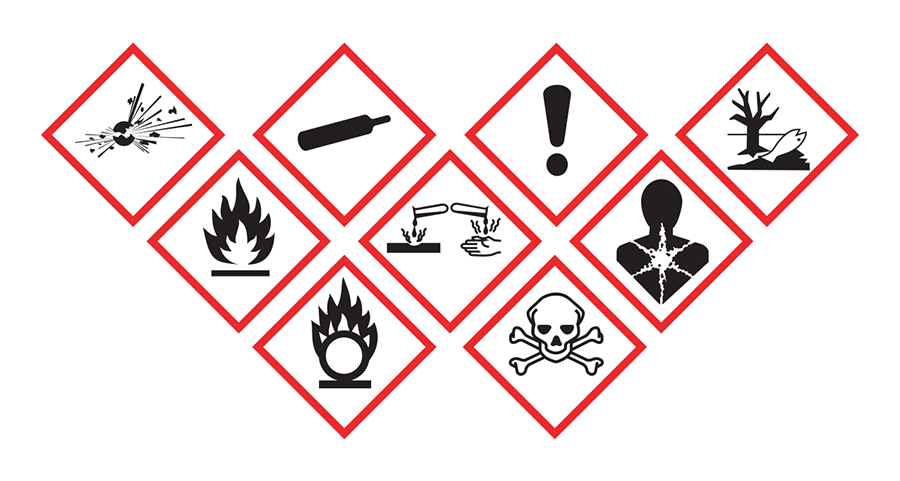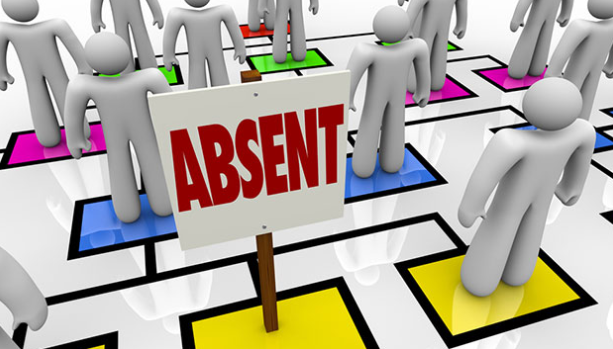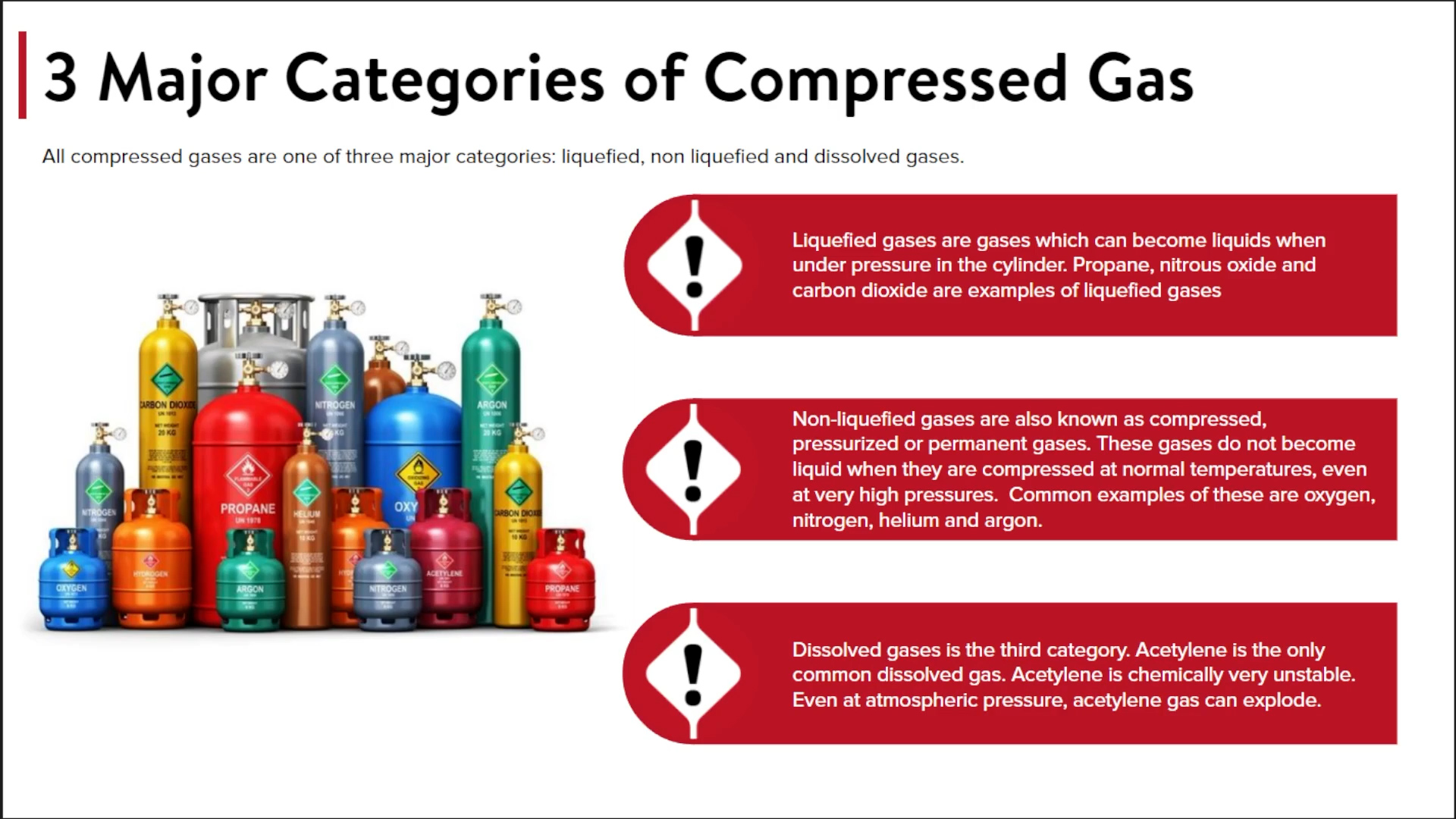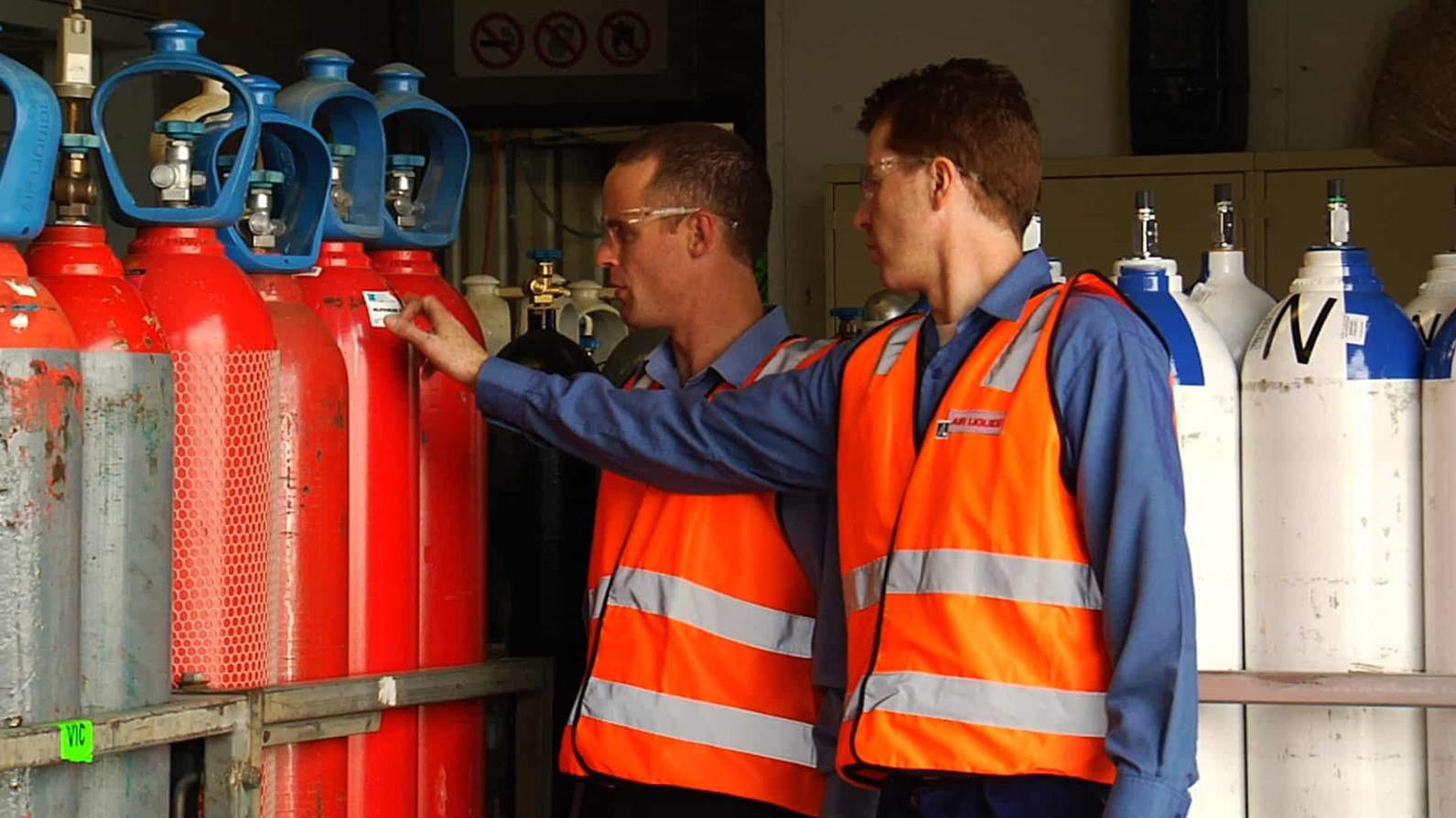-
Sale!
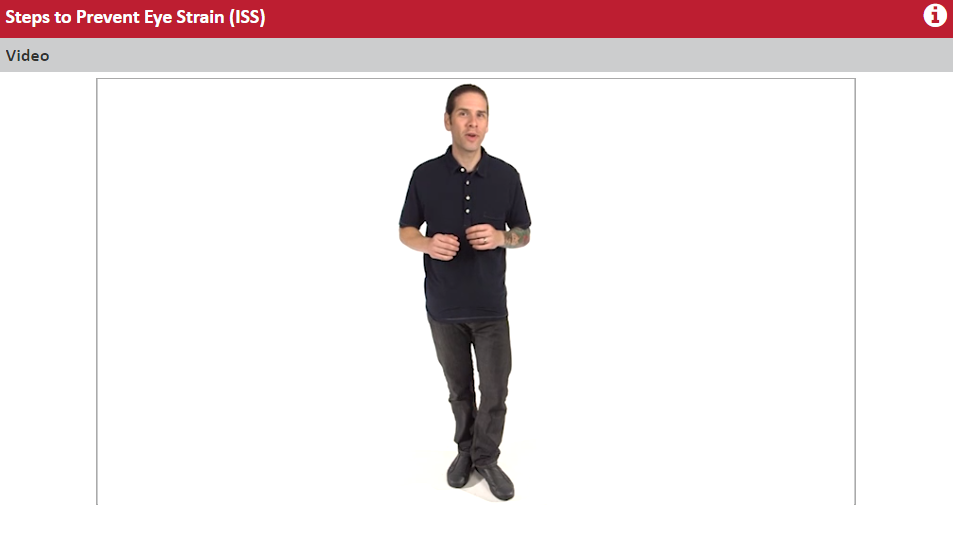
 Eye strain is a common symptom of staring at computer screen, long drives, or brightly lit areas. In this Safety Tip course, employees will learn strategies to reduce eye strain and maintain the health of their eyes.
Eye strain is a common symptom of staring at computer screen, long drives, or brightly lit areas. In this Safety Tip course, employees will learn strategies to reduce eye strain and maintain the health of their eyes. -
Sale!
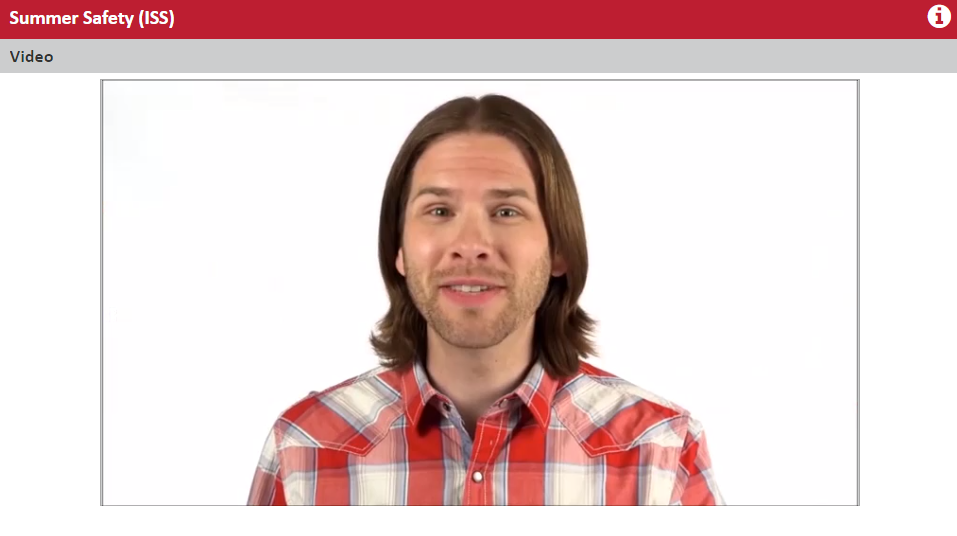
 Summertime brings a wave of hazards to the work environment, ranging from heat to fires. In this Safety Tip course, employees will learn how to protect themselves from summer hazards and work safely.
Summertime brings a wave of hazards to the work environment, ranging from heat to fires. In this Safety Tip course, employees will learn how to protect themselves from summer hazards and work safely. -
Sale!

 Among all the potential hazards in the construction industry, 4 account the most reported work-related injuries. In this Safety Tip course, employees will learn about the top 4 hazards and ways to protect themselves.
Among all the potential hazards in the construction industry, 4 account the most reported work-related injuries. In this Safety Tip course, employees will learn about the top 4 hazards and ways to protect themselves. -
Sale!
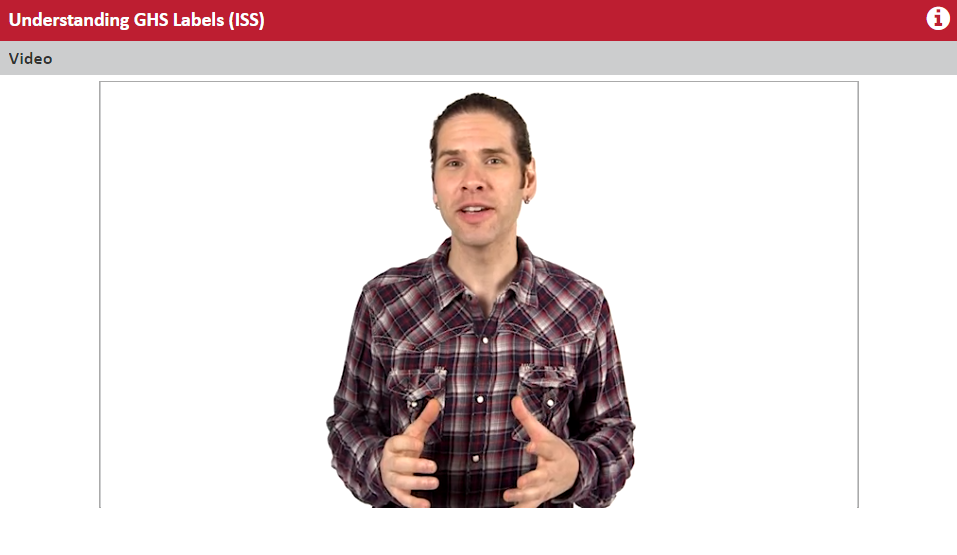 GHS labels detail important information on the proper use of chemicals and the hazards they pose. In this Safety Tip course, employees will learn how to understand GHS labels and what to do if they are missing or illegible.
GHS labels detail important information on the proper use of chemicals and the hazards they pose. In this Safety Tip course, employees will learn how to understand GHS labels and what to do if they are missing or illegible. -
Sale!
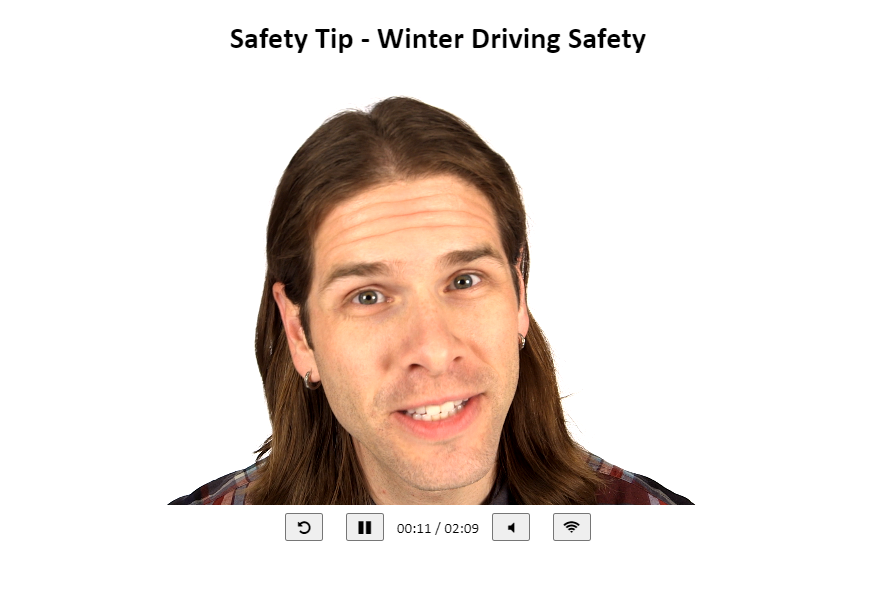
 Driving in the winter poses unique hazards for drivers. In this Safety Tip course, employees will identify common hazards and learn strategies to stay safe on the job and driving to and from work.
Driving in the winter poses unique hazards for drivers. In this Safety Tip course, employees will identify common hazards and learn strategies to stay safe on the job and driving to and from work. -
Sale!
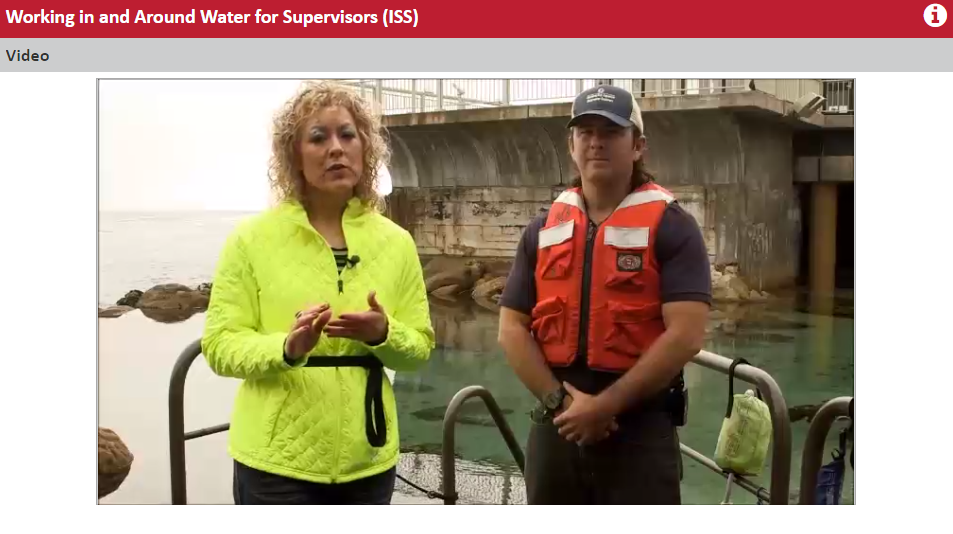
 In this Safety Tip course, employees will learn about the hazards bodies of water pose and how to safely work in or around water.
In this Safety Tip course, employees will learn about the hazards bodies of water pose and how to safely work in or around water. -

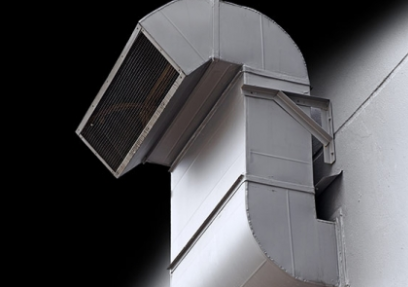 “Air pollution is a major environmental risk to health. By reducing air pollution levels, countries can reduce the burden of disease from stroke, heart disease, lung cancer, and both chronic and acute respiratory diseases, including asthma.” The Clean Air Act Amendments of 1990 were passed to reduce pollution and establish standards for industrial air emissions.
“Air pollution is a major environmental risk to health. By reducing air pollution levels, countries can reduce the burden of disease from stroke, heart disease, lung cancer, and both chronic and acute respiratory diseases, including asthma.” The Clean Air Act Amendments of 1990 were passed to reduce pollution and establish standards for industrial air emissions. -

 Each year in the United States, there are approximately 3,500 people killed and 80,000 others injured in accidents involving Commercial Motor Vehicles (CMVs). Whenever you get the behind the wheel of a Commercial Motor Vehicle (CMV), your first responsibility is to drive safely. Because when a CMV weighing 10,000 pounds or more collides with a car weighing 4,000 pounds, the car almost always loses. So, the responsibility of driving a commercial motor vehicle is enormous. A recent study showed that the majority of crashes are caused by four types of undesirable driver behavior: recognition errors, decision errors, performance errors, and non-performance errors.
Each year in the United States, there are approximately 3,500 people killed and 80,000 others injured in accidents involving Commercial Motor Vehicles (CMVs). Whenever you get the behind the wheel of a Commercial Motor Vehicle (CMV), your first responsibility is to drive safely. Because when a CMV weighing 10,000 pounds or more collides with a car weighing 4,000 pounds, the car almost always loses. So, the responsibility of driving a commercial motor vehicle is enormous. A recent study showed that the majority of crashes are caused by four types of undesirable driver behavior: recognition errors, decision errors, performance errors, and non-performance errors. -

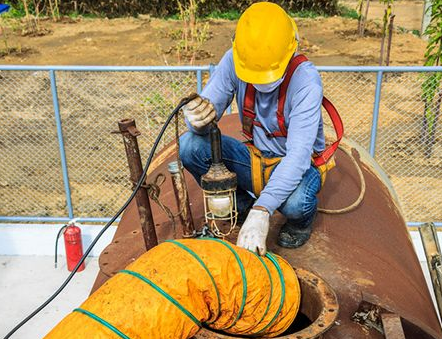 Many workplaces contain spaces that are considered “confined” because of their configurations. A confined space is large enough and configured in such a way that you can enter and perform assigned work. A confined space has a limited or restricted means of entrance or exit, and a configuration that can make first aid, rescue, evacuation, or other emergency response activities difficult. They are not designed or intended for continuous occupancy. Examples include storage tanks or bins, mixing tanks, railroad tank cars, silos, vaults, and pits. Confined spaces create the ideal conditions for the onset of claustrophobia. Confined spaces can be large or small and above or below ground.
Many workplaces contain spaces that are considered “confined” because of their configurations. A confined space is large enough and configured in such a way that you can enter and perform assigned work. A confined space has a limited or restricted means of entrance or exit, and a configuration that can make first aid, rescue, evacuation, or other emergency response activities difficult. They are not designed or intended for continuous occupancy. Examples include storage tanks or bins, mixing tanks, railroad tank cars, silos, vaults, and pits. Confined spaces create the ideal conditions for the onset of claustrophobia. Confined spaces can be large or small and above or below ground.

